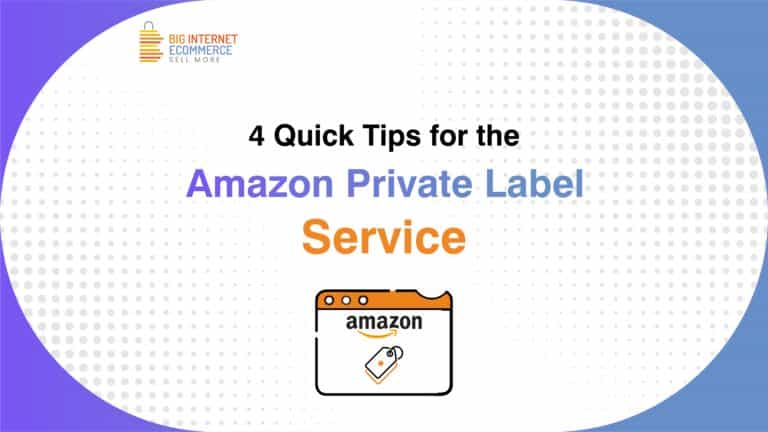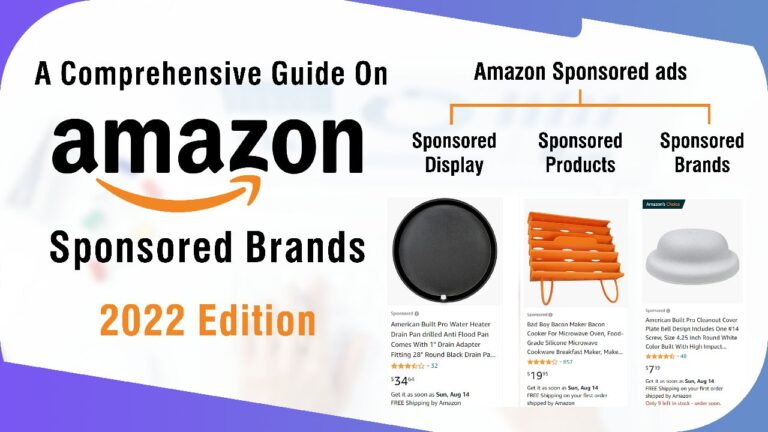Shopify is a popular platform because of its simplicity of use, templated themes, integrated web hosting, and many other valuable features. And, to achieve success as a Shopify store owner, you can start easy with SEO basics though you may require professional expertise from our Shopify SEO pros to maintain and continue the high rankings for competitive keywords.
In <Part I>, we got introduced to the that running an eCommerce website on Shopify exposes store owners to different SEO challenges. And, we are going to cover some more note-worthy issues that may hinder the functionality and experience that Shopify wants to provide to all its users.
New Custom Fields
Unlike open source platforms that give you the freedom to customize each page, category, or product, Shopify does not let you add custom fields. It is costly to create a Shopify online store with a myriad of customized add-ons and changes.
Blogs on Subdomains
Shopify imposes many restrictions to boost SEO because users can’t access the website’s back-end and make modifications. It exerts many restrictions that make it a weak blog platform as well.
One solution for this Shopify SEO problem is to install WordPress because you will require an external website for storing it as it won’t be possible in the Shopify subfolder.
Duplicate Content
Duplicate content refers to several variations of the exact content which are linked to separate URLs. Your search results become compromised if the same content is featured multiple times. Also, Google may get confused as to which content to highlight and which ones to hide. If this happens, it will impact your website negatively.
As already shared on our blog on <Shopify SEO checklist for success>, using tags on Shopify is associated with this duplicate content issue. To dodge this problem, Shopify store owners will have to manually de-index their tags.
Breadcrumb URLs
A navigation system using breadcrumb URLs can make it easy for a user to navigate to a more advanced page. But problems can emerge from the way it generates breadcrumb URLs for products within the same category.
This is related to the canonical URL issue that we had discussed in <Part I>. It’s this confusing URL structure of Shopify that becomes a huge challenge for the website or store users to locate the information they require because Google offers different versions of the same page.
Final Thoughts
We think that awareness about these Shopify SEO problems must have given you food for thought as to how you would want to avoid them and make your Shopify online store experience an excellent one. If you’re looking for advice from experienced SEO professionals, Fab On Go’s team of experts is here to guide you through all the salient features that are part of Shopify as well as SEO for e-commerce.




